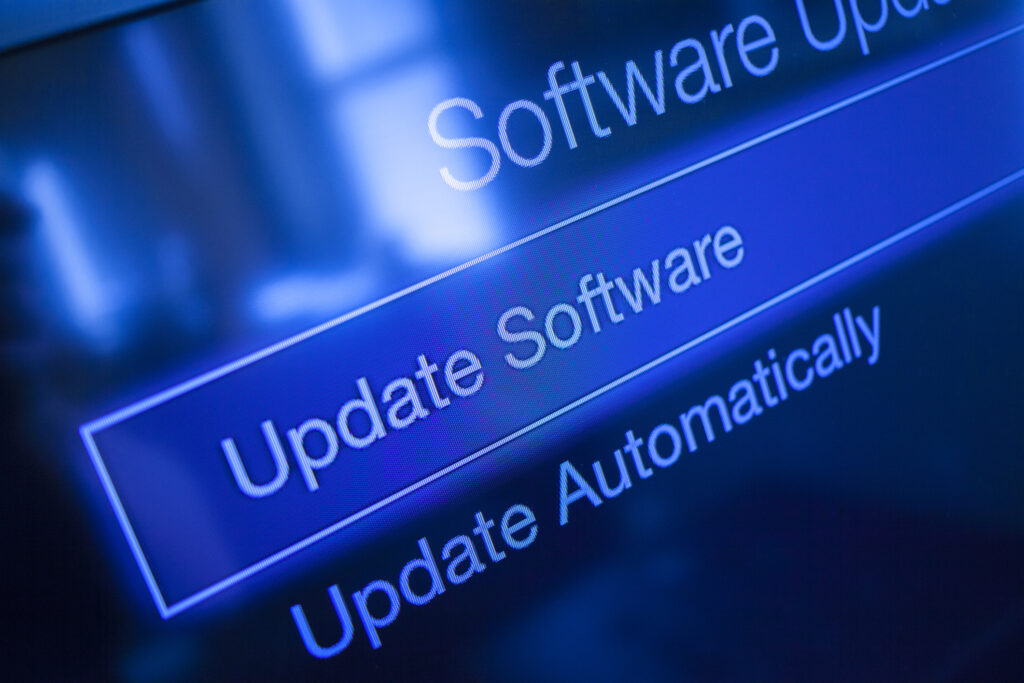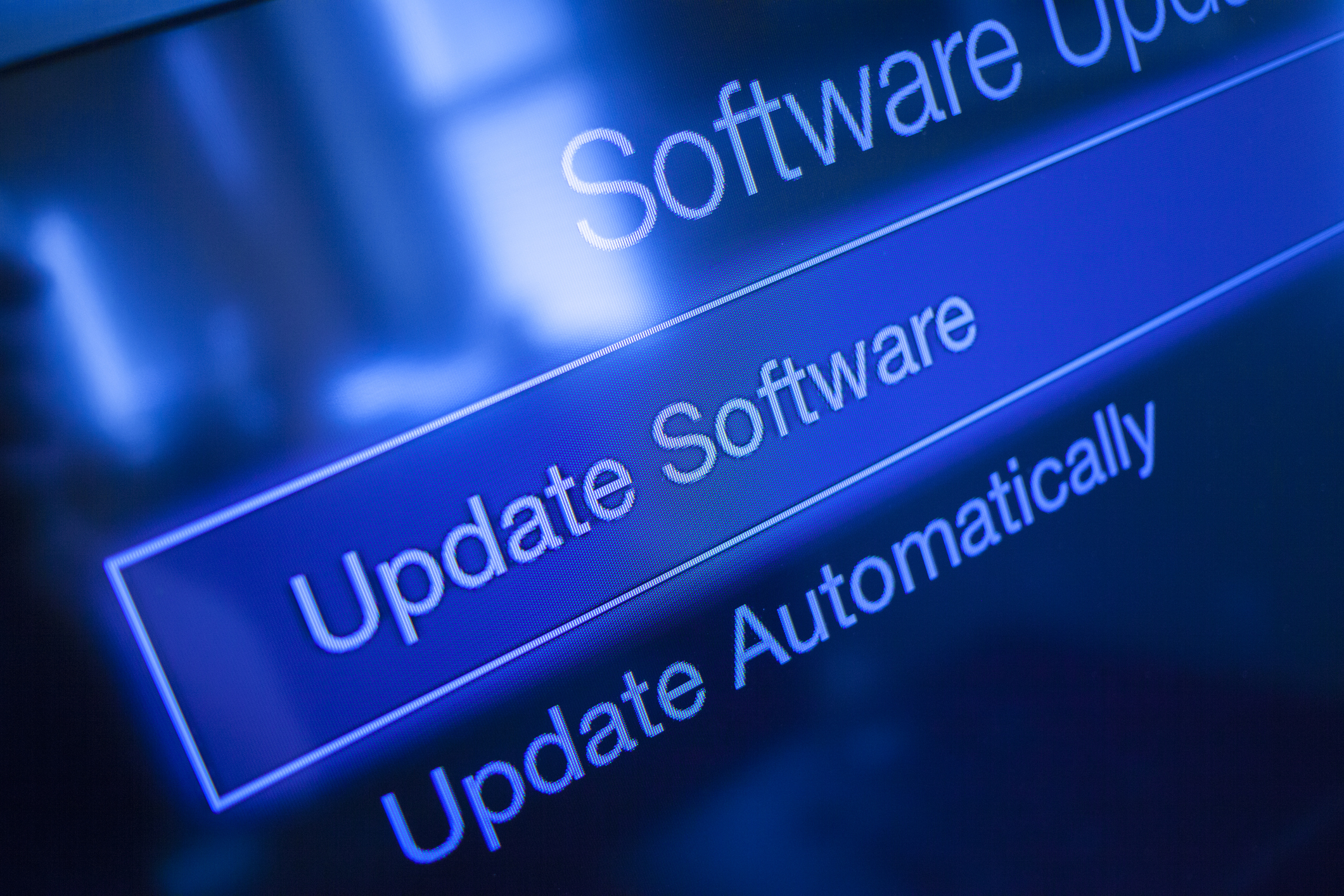
In today’s digital landscape, software plays a critical role in our daily lives, powering our computers, mobile devices, and other technological systems. However, the mere installation of software is not enough to ensure a secure and efficient experience. Regularly updating software is paramount for maintaining optimal performance, enhancing security, and protecting against emerging threats. In this article, we explore the significance of keeping software updated and the benefits it offers to individuals and organizations alike.
- Security Patches and Vulnerability Fixes: Software updates often include security patches that address known vulnerabilities and weaknesses in the software. Cybercriminals constantly search for these vulnerabilities to exploit and gain unauthorized access to systems or steal sensitive information. By promptly installing updates, users benefit from the latest security enhancements and reduce the risk of falling victim to cyber attacks.
- Protection Against Malware and Exploits: Outdated software is a prime target for malware attacks. Hackers leverage security flaws in older versions of software to distribute malicious code, such as viruses, worms, and ransomware. Regular updates provide crucial defense mechanisms against these threats by closing security loopholes and bolstering system resilience. By staying up to date, users significantly reduce the chances of malware infections and the potential damage they can cause.
- Performance Optimization: Software updates not only focus on security improvements but also aim to enhance performance and user experience. Developers continually refine and optimize software, addressing bugs, glitches, and performance issues identified in previous versions. By installing updates, users can benefit from improved stability, faster processing speeds, and enhanced functionality, ensuring a smooth and efficient user experience.
- Compatibility and Interoperability: As technology evolves, so do hardware and other software components. Keeping software updated ensures compatibility with the latest hardware devices and operating systems, allowing seamless integration and interoperability. Outdated software may encounter compatibility issues, leading to system instability, software crashes, or limited functionality. By staying up to date, users can leverage new features and capabilities and avoid potential compatibility hurdles.
- Feature Enhancements and New Functionality: Software updates often introduce new features, tools, and functionalities designed to enhance productivity, usability, and user satisfaction. These updates may include improved user interfaces, additional options, expanded customization capabilities, and integration with new platforms or services. By embracing updates, users can unlock the full potential of their software, maximizing their productivity and benefiting from the latest innovations.
- Regulatory Compliance and Data Protection: In certain industries, compliance with regulations and data protection standards is mandatory. Software updates frequently address security and privacy concerns, ensuring compliance with evolving regulatory requirements. By keeping software updated, individuals and organizations can uphold their legal obligations, safeguard sensitive data, and maintain the trust of their customers and stakeholders.
Keeping software updated is a fundamental aspect of maintaining a secure and efficient digital environment. Regular updates provide critical security patches, protect against emerging threats, enhance performance, and ensure compatibility with the latest technologies. By prioritizing software updates, individuals and organizations can bolster their cybersecurity defenses, optimize system performance, and embrace new features and functionalities. Remember, staying proactive in updating software is an essential practice in safeguarding digital assets and embracing the advancements of the ever-evolving technology landscape.




Leave a Reply